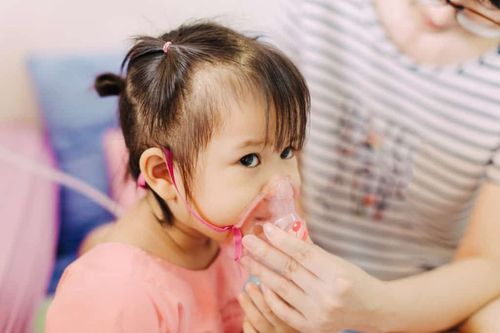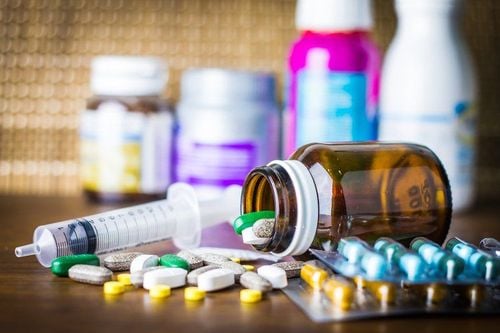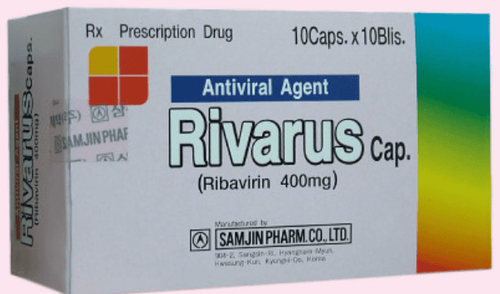This is an automatically translated article.
1. Signs of cough with phlegm, wheezing in babies
Wheezing has a high-pitched sound like snoring, usually heard when the child exhales, in severe cases can even be heard when breathing in. Why do babies make wheezing sounds? This sound is produced due to congenital or pathological narrowing of the airways: From inflammatory processes and stasis of viscous sputum. However, parents should also be careful to distinguish abnormal wheezing (severe condition) from normal nasal congestion.
Newborns under 6 months old mainly breathe through their nose, their nostrils are small, so they are easy to cough, stuffy nose leading to snorting. When wondering whether the child is wheezing abnormally or due to a stuffy nose, parents can put 2-3 drops of physiological saline into the nose to make the child's nostrils open and then listen carefully to the sound of the child's breathing.
2. Newborn cough with phlegm, wheezing is a symptom of what disease?
All causes of narrowing of the airways will produce wheezing. In infants, most wheezing is caused by small airways, which will go away on its own after a while. Children in these cases usually only wheeze, do not cough, do not have difficulty breathing, sleep normally. However, if the child has other symptoms: Cough, shortness of breath, fussiness, refusal to breastfeed, etc., it is necessary to pay attention to more dangerous causes such as bronchitis, bronchiolitis, pneumonia, ... These diseases, if not treated promptly, can progress very quickly, adversely affecting the child's respiratory system, even life-threatening.
If the child has a persistent cough with wheezing that recurs many times, it should also be noted for a rarer cause such as: Foreign body in the airways or some birth defects in the bronchi, ...
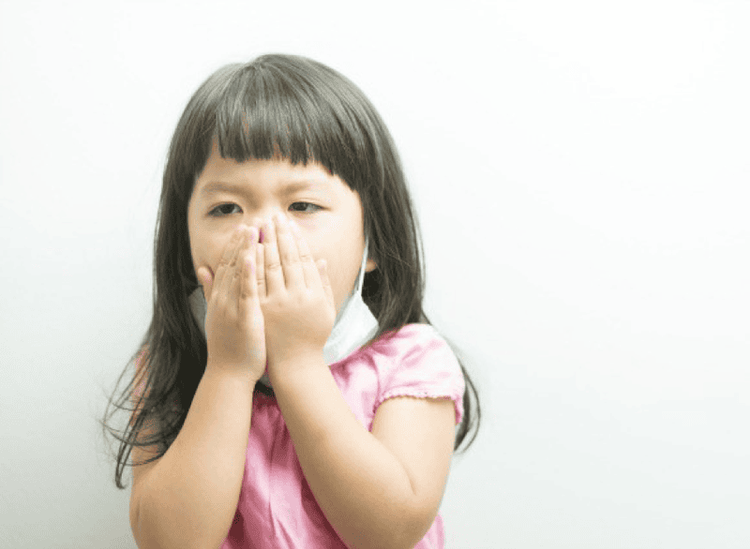
Trẻ bị ho khò khè kéo dài, tái đi tái lại nhiều lần thì có thể là do trẻ có dị vật ở đường thở hoặc dị tật bẩm sinh.
3. What to do when the infant coughs with phlegm, wheezes?
Newborn cough with phlegm, wheezing can be a sign of dangerous diseases, especially pneumonia. Therefore, when the child's breathing sound is abnormal, it is necessary to take the child to the hospital for examination to determine the cause and take timely intervention measures.
If you see a child coughing wheezing with difficulty breathing, cyanosis, lethargy, struggling, refusing to breastfeed,... the child should be taken to the emergency room immediately.
If the child has a wheezing cough that lasts for more than 4 weeks, it is necessary to visit a specialist to find the cause and perform specialized tests if necessary such as: X-ray, ultrasound, chest CT scan, respiratory endoscopy. ,...
4. Instructions for taking care of infants with cough with phlegm and wheezing
4.1. Reducing fever in children Children with a wheezing cough due to pneumonia are often accompanied by a high fever. You need to constantly check the child's temperature. If the child has a high fever above 38.5 degrees Celsius, give the child fever-reducing medicine as prescribed by the doctor.
4.2. Back patting helps children loosen phlegm When an infant coughs with phlegm or wheeze, parents can apply the back patting method to the child, helping to loosen phlegm in the bronchi.
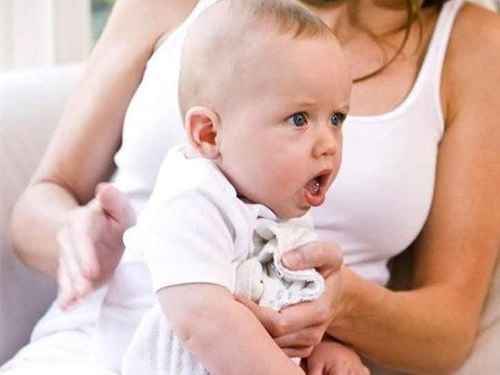
Vỗ lưng có thể giúp trẻ long đờm.
Ways to pat the back to loosen phlegm for children as follows: Cup the hand and fold the hand at the wrist. Five fingers close together, thumb pressed tightly against the index finger. Pat the child's back from left to right, for 3 - 5 minutes on each side. Tap the child's lung, not the stomach or spine. Back patting should not be performed when the child has just had a full meal because it can cause the child to vomit.
4.3. Hygiene for children If the child has a runny nose or drool, wipe it off with a soft tissue, then throw it away, don't reuse it. If using a towel, pay attention to cleaning the towel to avoid bacteria on the towel from attacking the child's body.
Keep the house, the child's place, the children's toys and utensils clean.
4.4. Child's diet Give your child a nutritious meal. Prepare soft, easy-to-swallow foods. Give your child foods that are easy to digest. Do not let children eat too full, can be divided into many small meals during the day. Let the child drink ginger or kumquat steamed with honey, ... to relieve cough. Note in treating cough and wheezing for children is not to arbitrarily give the baby medicine without the permission of the doctor. This can make the child's condition worse. In case the child has a cough that does not go away for a long time, it is necessary to take the child to a reputable medical facility for examination. Vinmec International General Hospital, with a team of leading pediatric doctors and modern equipment, is an address that many parents trust in the treatment of children's diseases, such as cough with phlegm, cough with wheezing. wheezing, high fever, pneumonia, ....
In addition, parents should also add some supportive foods containing Lysine ingredients, essential micro-minerals and vitamins such as zinc, chromium, selenium, vitamins of group B, ... help meet the needs of nutrients and at the same time support the immune system, enhance resistance, reduce the risk of upper respiratory tract infections, bronchitis, colds and flu , runny nose,... Lysine is very necessary for the development of children, Lysine promotes the production of digestive enzymes to stimulate children to eat better and digest easily and effectively, increase food metabolism, maximum absorption of nutrients from food. Increasing Lysine for babies helps the body create antibodies, develop resistance to help reduce cough and thin phlegm in children.
Parents can learn more: Why do you need to supplement Lysine for your baby?
Please regularly visit Vinmec.com website and update useful information to take care of your baby and family.




